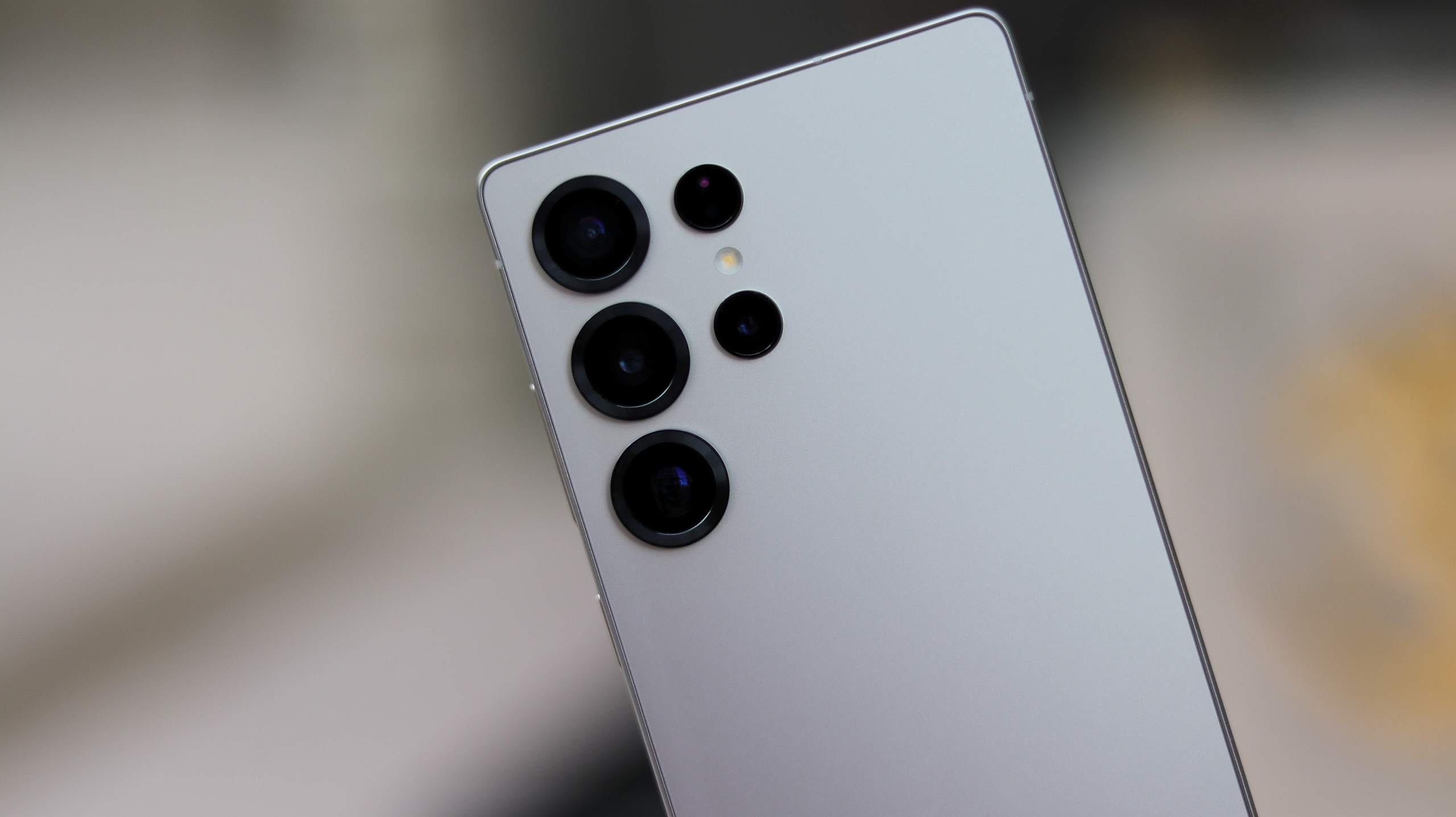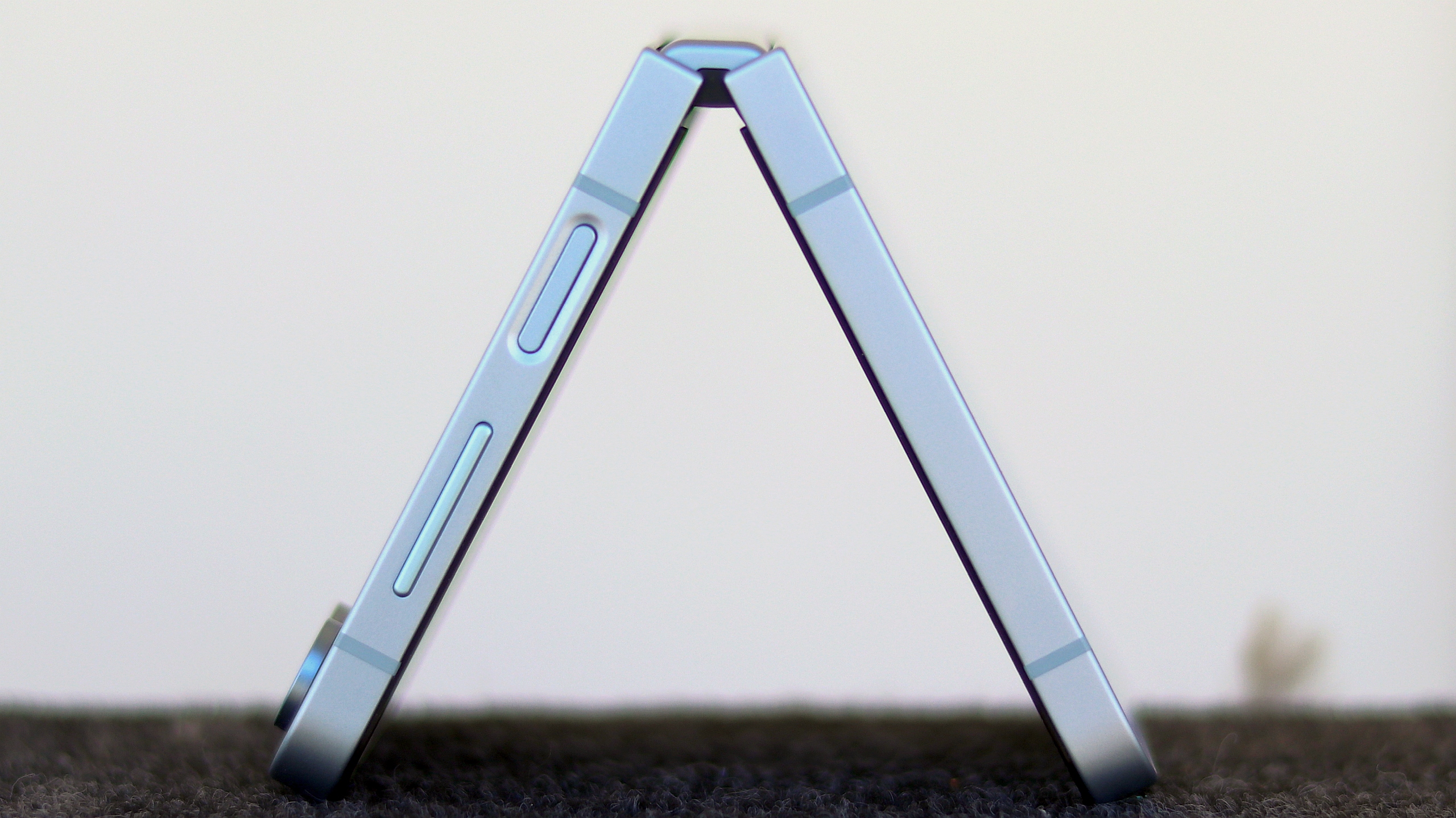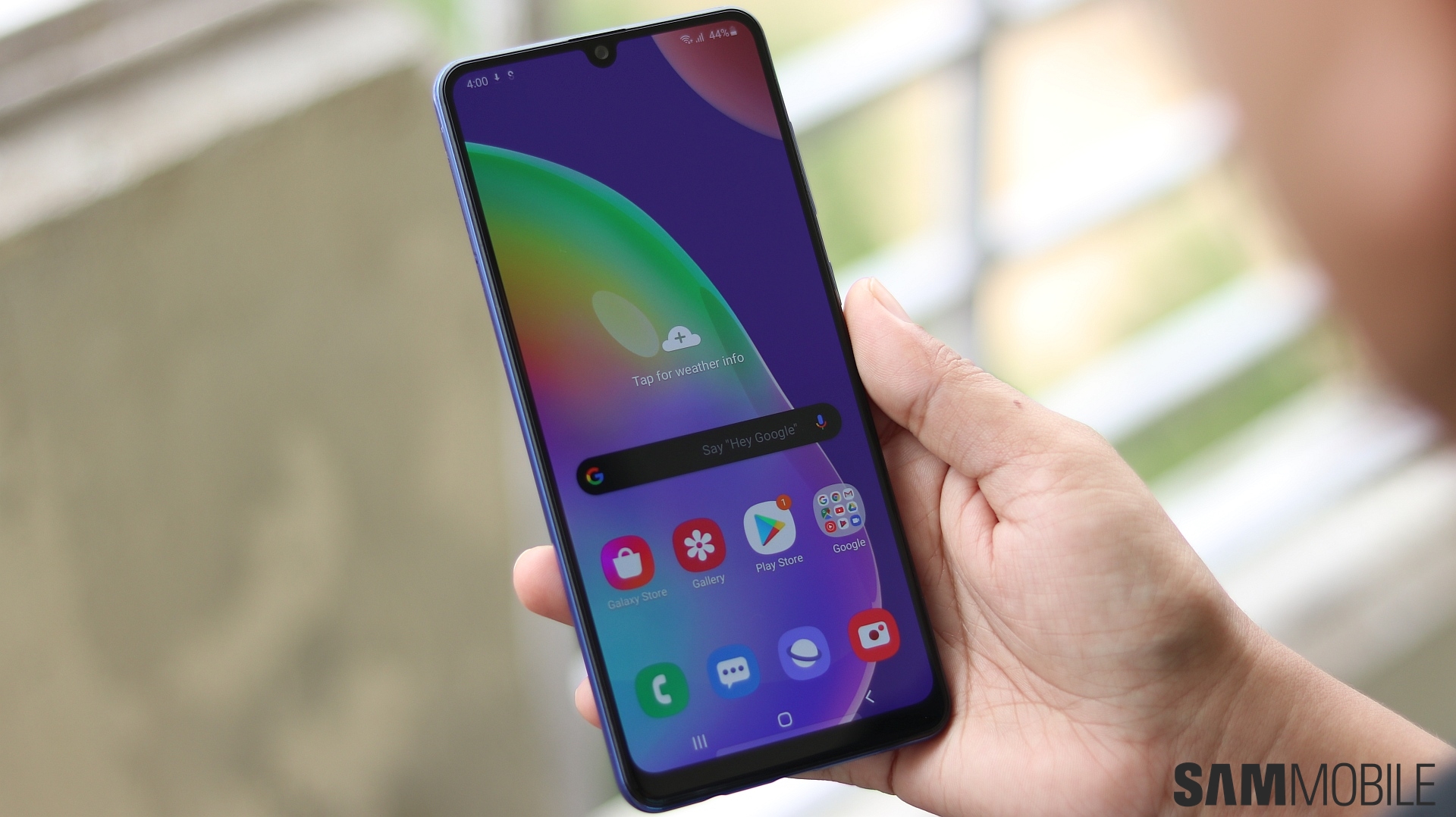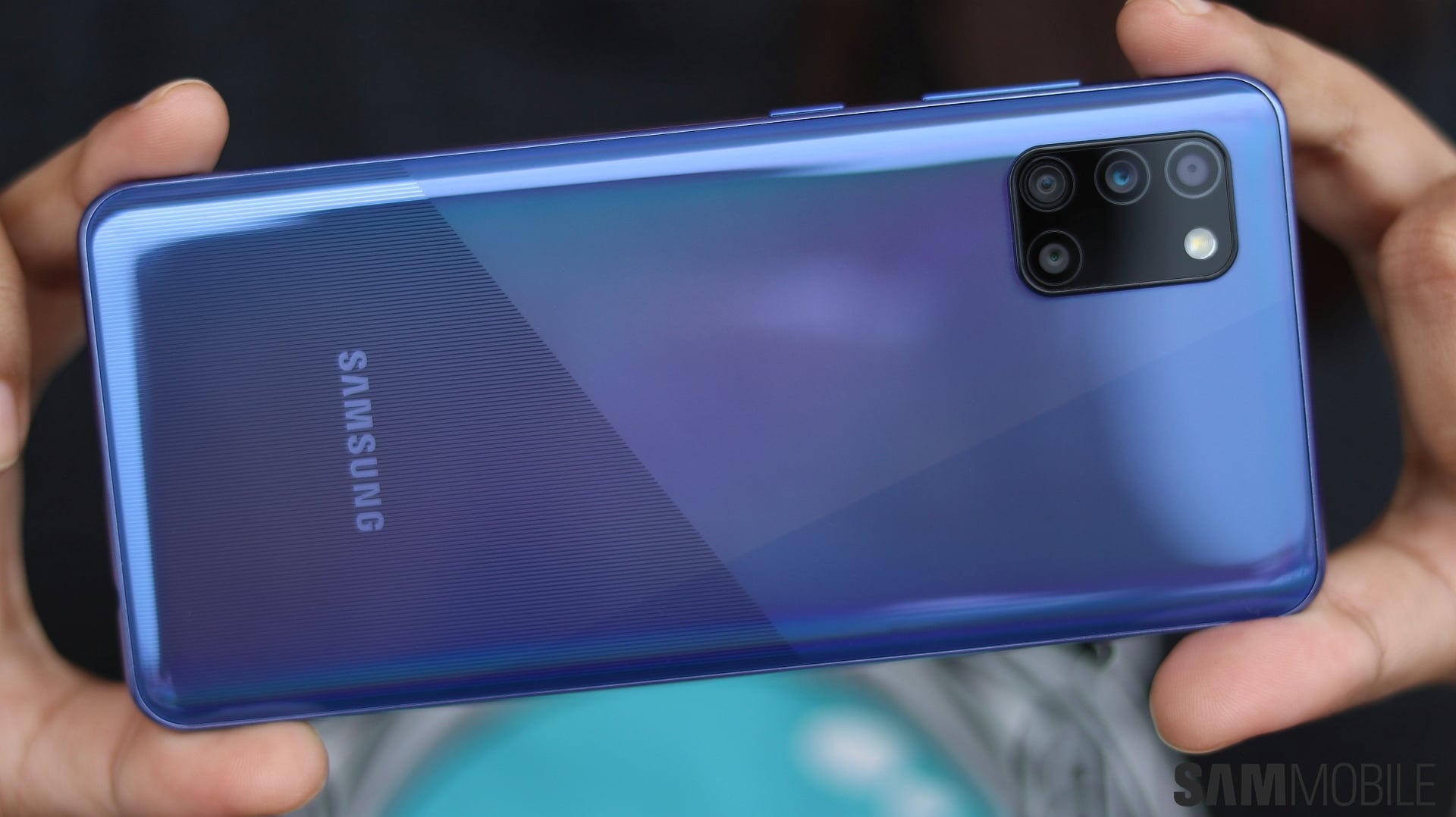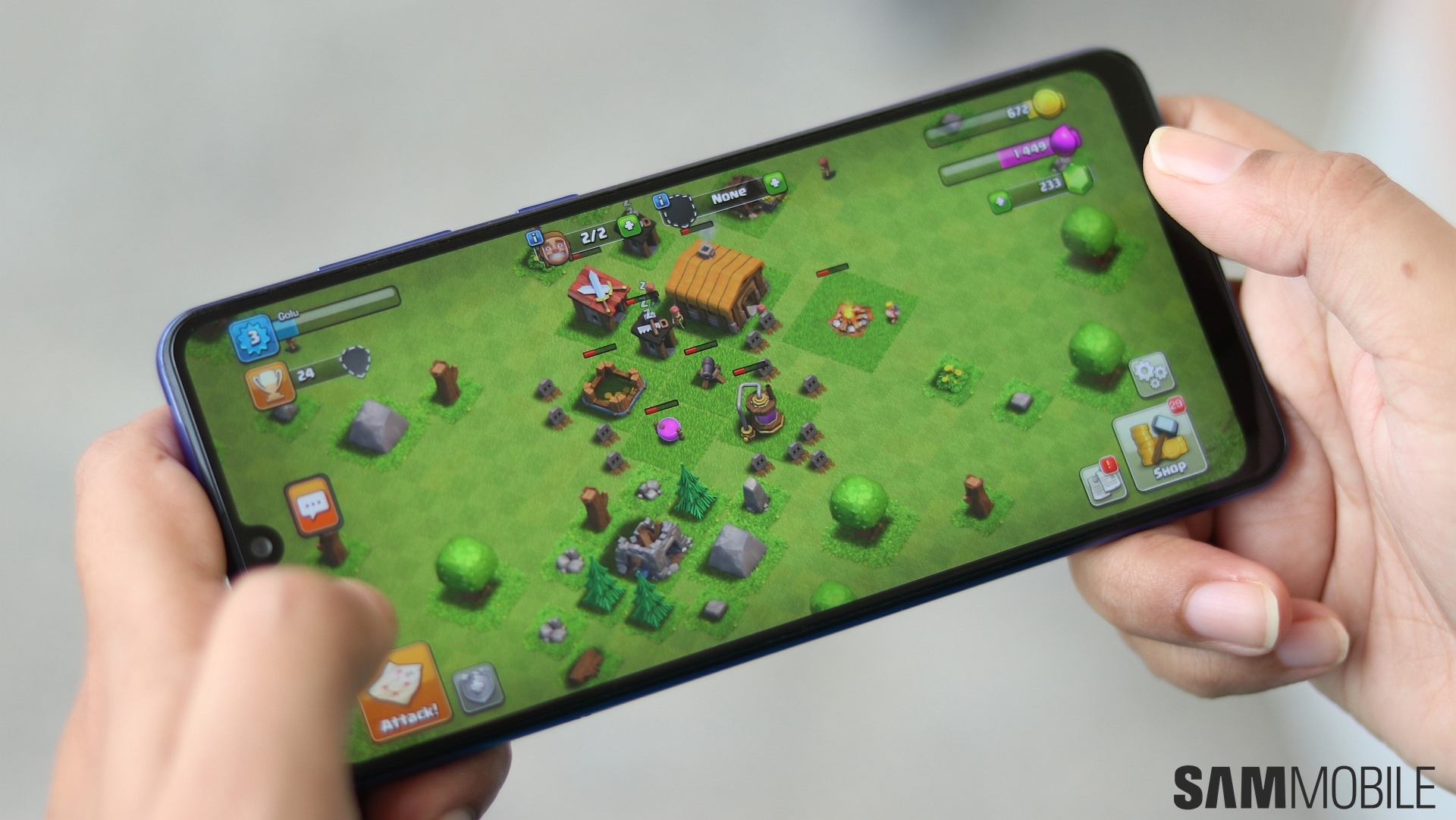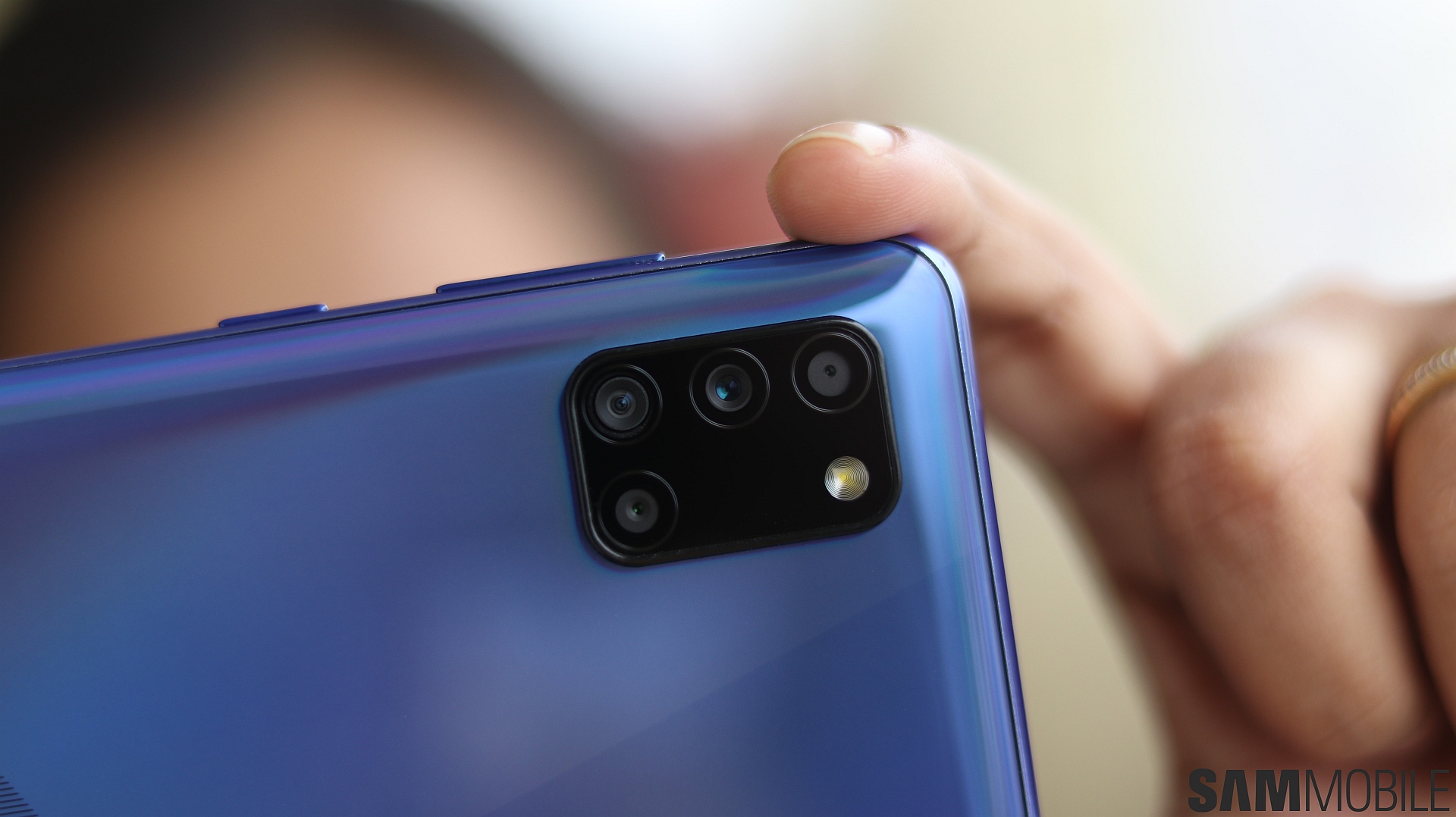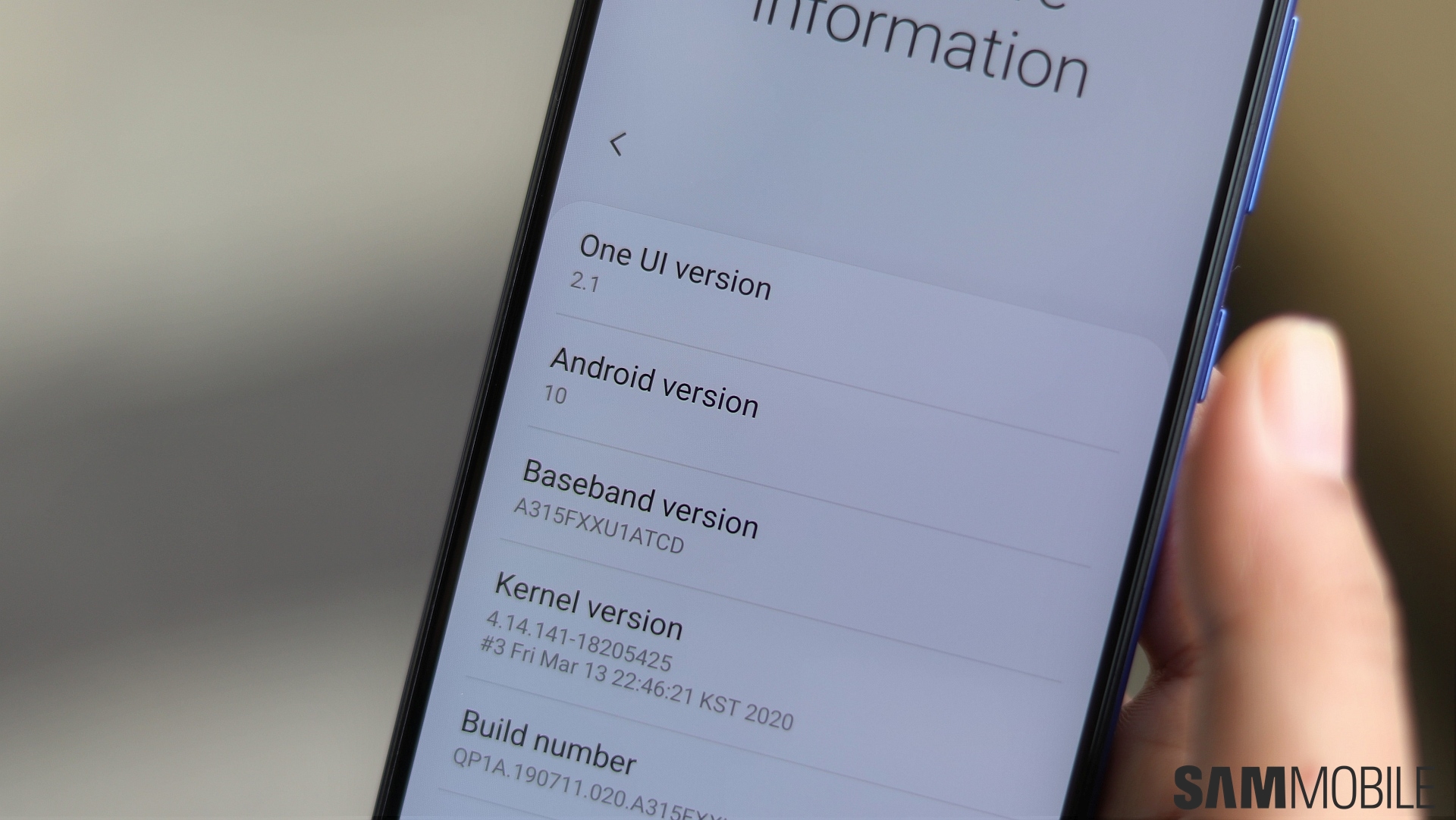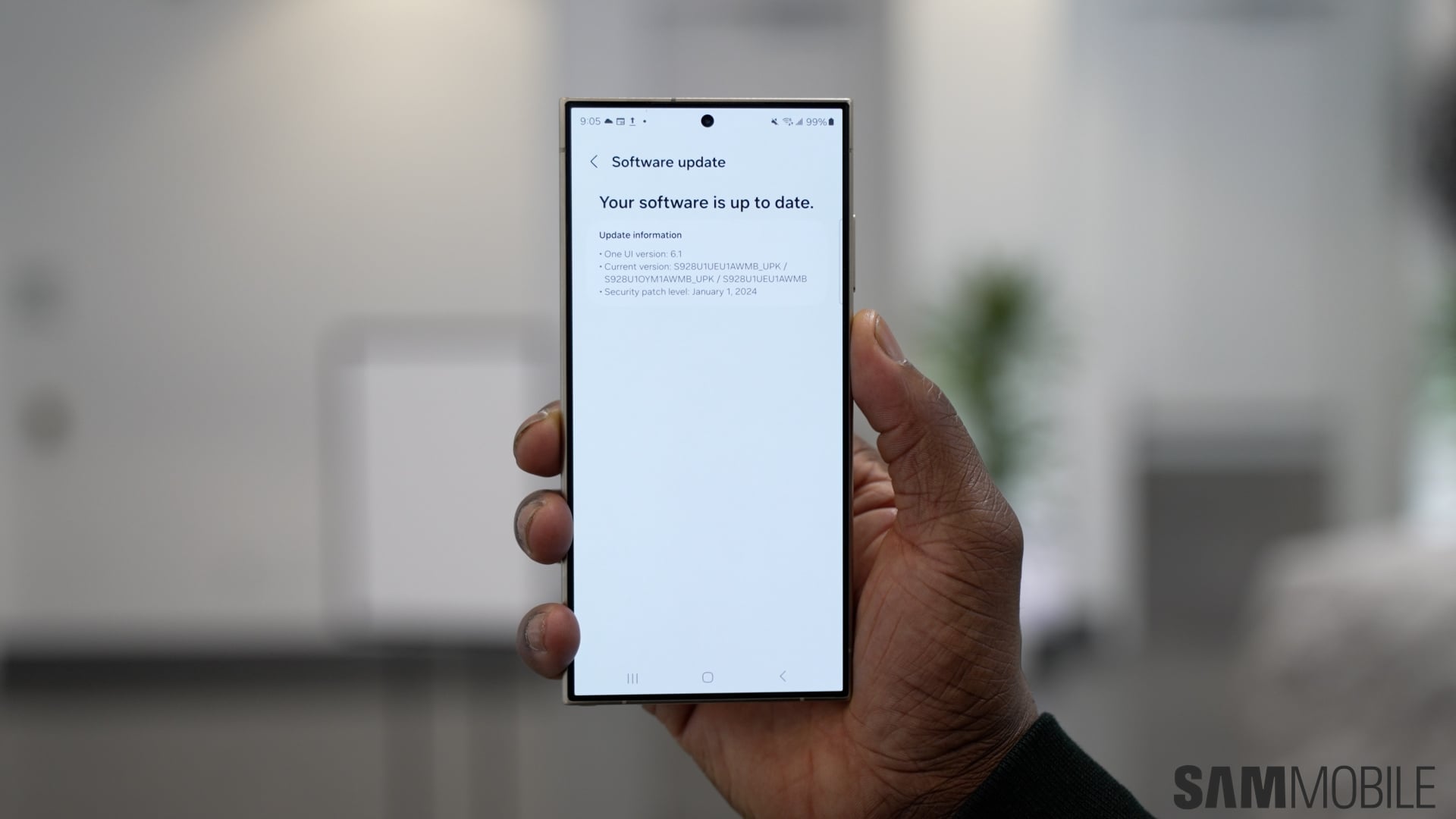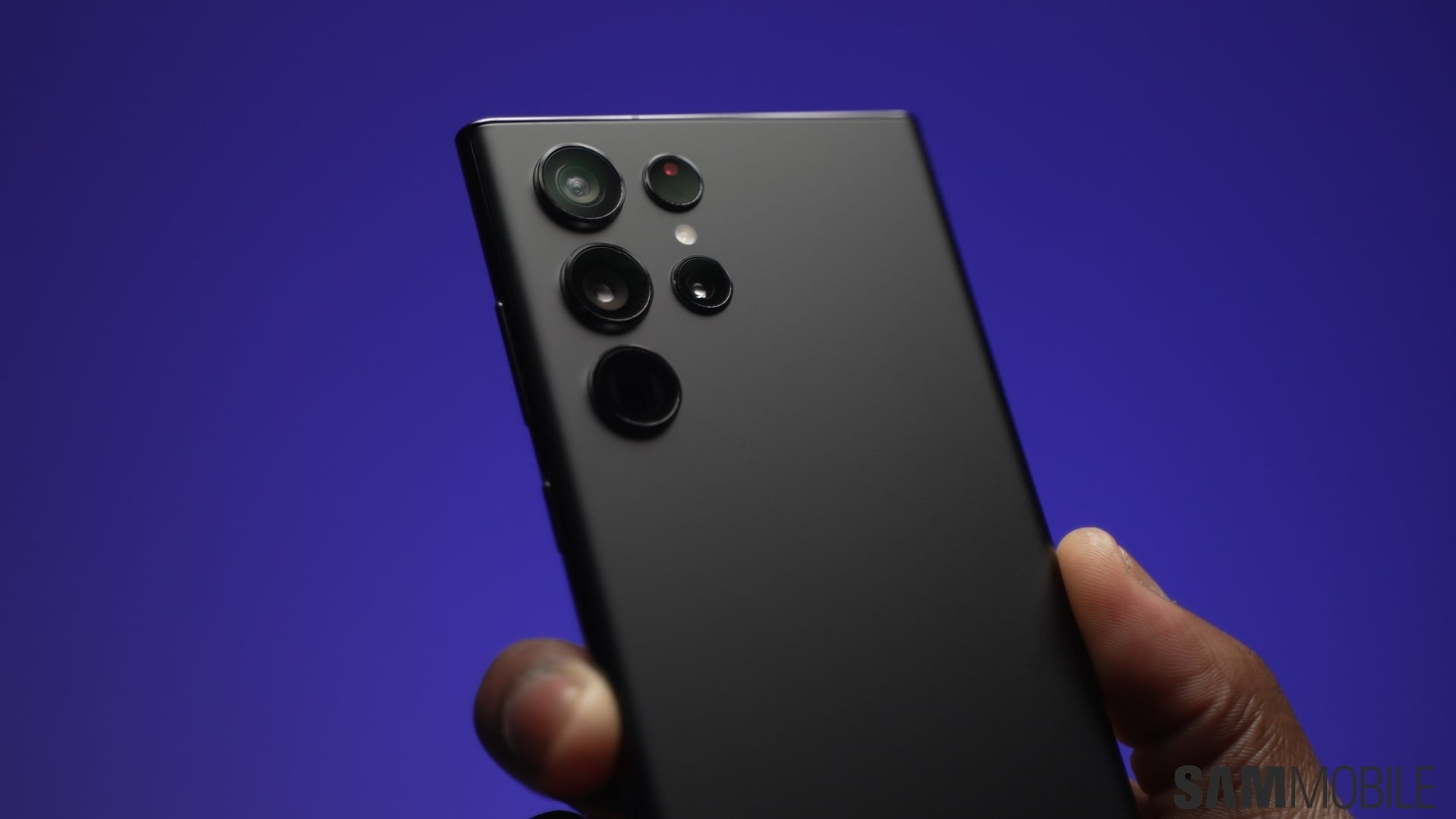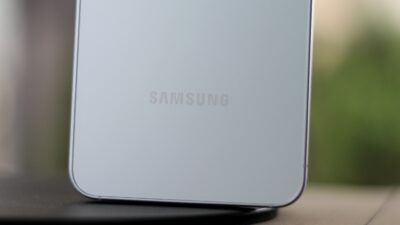
Introduction
Samsung unveiled its refreshed Galaxy A series for 2020 in the first quarter, and the new lineup includes the Galaxy A31. It succeeds the Galaxy A30 from early 2019 and the Galaxy A30s that was released in August 2019. The Galaxy A31 brings improvements all around, including a newer and flashier design, a triple-camera setup, a faster processor, a better selfie camera, and longer battery life.
Along with the Galaxy A31, the South Korean firm also released the Galaxy A11, Galaxy A21, Galaxy A41, Galaxy A51 5G, and the Galaxy A71 5G in March 2020 and April 2020. The Galaxy A31 is one of the most well-rounded phones in the 2020 Galaxy A lineup.
Design
The phone’s body is made using a plastic chassis and glass front. The rear of the phone is covered with plastic material, too, something Samsung calls ‘glasstic.’ Almost all the front of the phone is covered by the 6.4-inch screen. There are very thin bezels all around the display. The power and volume buttons are on the right side of the phone. The Galaxy A31’s dimensions are 159.3×73.1×8.6mm and at 185g, it weighs significantly more than its predecessors.
The back of the phone features an attractive pattern consisting of parallel straight lines arranged in diagonal quadrants. You can see various rainbow colors on the phone’s rear when the Galaxy A31 is held under sunlight. The phone is sold in four attractive colors: Prism Crush Black, Prism Crush Blue, Prism Crush Red, and Prism Crush White.
Specifications
The Galaxy A31 has a 6.4-inch Super AMOLED Infinity-U display with Full HD+ resolution (2400×1080 pixels) and an under-display optical fingerprint reader. The U-shaped notch accommodates the selfie camera. AMOLED screens usually offer high brightness, infinite contrast ratio, low screen reflectance, and deep blacks, all of which are great for watching videos or browsing through photos or websites.
Samsung hasn’t made the information public, but the Galaxy A31 uses MediaTek’s 12nm Helio P65 processor. The chipset has two Cortex-A75 CPU cores clocked at 2GHz, six Cortex-A55 CPU cores clocked at 1.7GHz, and Mali-G52 MC2 GPU. The phone also features 4GB/6GB RAM and 64GB/128GB internal storage. There’s a dedicated microSD card slot, too, for storage space expansion.
The Galaxy A31 has two dedicated nano-SIM card slots, and the phone supports dual-LTE and dual-VoLTE. The phone has GPS, Wi-Fi b/g/n/ac, Wi-Fi Direct, Bluetooth 5.0, and a USB Type-C port. Using wired headphones is still an option with the Galaxy A31 as it has a dedicated 3.5mm headphone jack, something that is disappearing from phones these days. Samsung is powering the Galaxy A31 with a 5000mAh battery which is compatible with Samsung’s Adaptive Fast Charge technology that charges the device at 15W.
Camera
There are four cameras on the Galaxy A31’s back. This is an upgrade from the triple-camera setup on the Galaxy A30s, which in turn was an upgrade from the Galaxy A30’s dual-camera setup. The Galaxy A31 has a 48MP primary camera (1/2-inch, F2.0) with a wide-angle lens, an 8MP ultrawide camera (F2.2, 13mm, 1/4-inch), a 5MP macro camera (F2.4), and a 5MP depth sensor (F2.4). Only the primary camera can record 4K 30fps videos.
At the front, the Galaxy A31 has a 20MP selfie camera, which can also be used to record up to 1080p 30fps videos. The phone can capture HDR, panorama, and Live Focus images (also known as portrait mode on other phones). The dedicated Night Mode is helpful in capturing brighter images with wider dynamic images even under low-light conditions. Hyperlapse and slow-motion video recording are supported as well.
Software
The Galaxy A31 was launched with Android 10 and One UI 2.0 on board. The software includes Google’s UI navigation gestures, smoother animations, enhanced dark mode, more fine-grained location and data permission management, better text legibility on bright or dark wallpapers, tweaked icons, and more. The software also features smart replies, better Device Care section, a new camera app, improved stock apps, and improved sharing menu.
The Galaxy A31 also features Samsung Pay, a mobile payment service that’s compatible with MST, NFC, and QR codes. Since the phone was launched with Android 10, there is a possibility of the phone receiving two major Android version updates (Android 11 and Android 12) and quarterly security patches. However, things could change in the future, and it depends entirely on Samsung’s decisions.
Price and Availability
Samsung had released the Galaxy A31 in India in June with 128GB of storage for the price of INR 21,999 ($290). The phone was later introduced to additional markets including Malaysia, as well as the European continent starting with Spain where it was released for 299 EUR.

